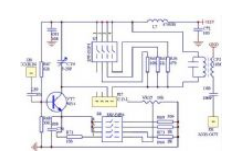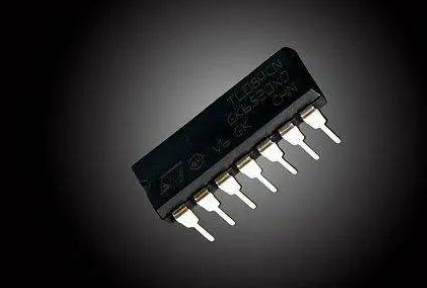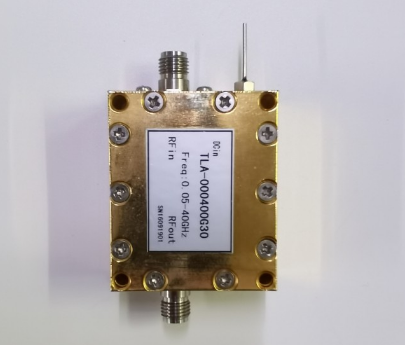高频小信号放大器
高频小信号放大器就是放大高频小信号(中心频率在几百千赫兹到几百兆赫兹)的放大器。它广泛地应用于广播、电视、通信、雷达等的接收机中。
高频小信号放大器主要由“放大部分+选频滤波部分”按“级联”方式构成。

① 频率较高
●中心频率一般在几百kHz到几百MHz频
●带宽(2△f 0.7 )在几khz到几十MHz
② 小信号
信号较小,所以工作在线性范围内(甲类 放大器)
1、按所用的材料分类:(IC)
2、按频谱宽度:窄带放大器和宽带放大器
3、按电路形式:单级放大器和多级放大器
4、按负载性质:谐振放大器(以谐振电路作为负载)、非谐振放大器(以阻容耦合电路作为负载)
(1) 增益:(放大系数)
(2) 通频带
放大器的电压增益下降到最大值的0.7(即1/√2)倍时,上、下限频率之间的频率范围称为放大器的通频带,用B=2△f 0.7 表示。也称为3dB带宽。
(3) 选择性
从各种不同频率信号的总和(有用的和有害的)中选出有用信号,抑制干扰信号的能力称为放大器的选择性。选择性常采用矩形系数和抑制比来表示。
① 矩形系数:表示与理想滤波特性的接近程度。
② 抑制比:表示对某个干扰信号f n 的抑制能力,用d n 表示。
4) 工作稳定性:指放大器的工作状态(直流偏置)、晶体管参数、电路元件参数等发生可能的变化时,放大器的主要特性的稳定。
5)噪声系数
与低频放大器一样,选频放大器的输出噪声也来源于输入端和本身。通常用信噪比来表示噪声对信号的影响,电路中某处信号功率与噪声功率之比称信噪比。信噪比越大,信号质量越好。
噪声系数是用来反映电路本身噪声大小的技术指标。其定义为输入信号的信噪比与输出信号的信噪比的比值。噪声系数越接近于1,说明放大器的抗噪能力越强,输出信号的质量越好。
在线留言询价

浅谈放大器交调失真对系统的影响

集成运算放大器的作用有哪些
- 一周热料
- 紧缺物料秒杀
| 型号 | 品牌 | 询价 |
|---|---|---|
| RB751G-40T2R | ROHM Semiconductor | |
| CDZVT2R20B | ROHM Semiconductor | |
| TL431ACLPR | Texas Instruments | |
| MC33074DR2G | onsemi | |
| BD71847AMWV-E2 | ROHM Semiconductor |
| 型号 | 品牌 | 抢购 |
|---|---|---|
| STM32F429IGT6 | STMicroelectronics | |
| IPZ40N04S5L4R8ATMA1 | Infineon Technologies | |
| ESR03EZPJ151 | ROHM Semiconductor | |
| TPS63050YFFR | Texas Instruments | |
| BP3621 | ROHM Semiconductor | |
| BU33JA2MNVX-CTL | ROHM Semiconductor |
AMEYA360公众号二维码
识别二维码,即可关注


请输入下方图片中的验证码:























